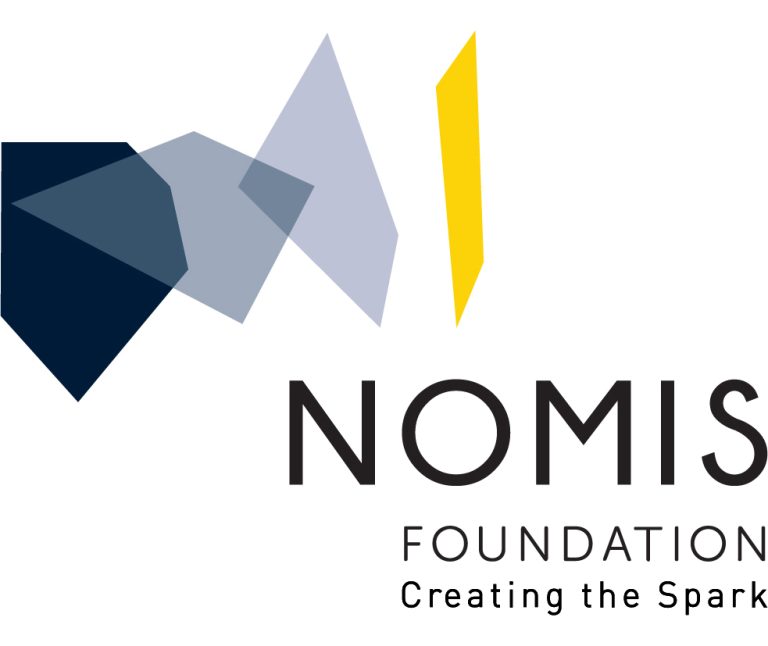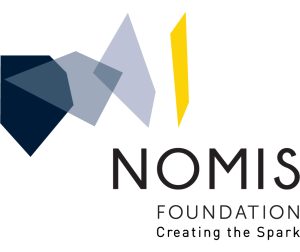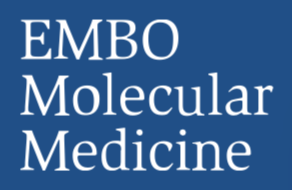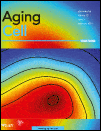FUS is an RNA binding protein associated with several neurodegenerative diseases, for which mode of nucleic acid binding has been elusive. Loughlin et al. solved the solution structure of FUS bound to RNA, revealing a sequence-specific recognition for a GGU motif and an unusual shape recognition of a stem loop by two separate domains.











